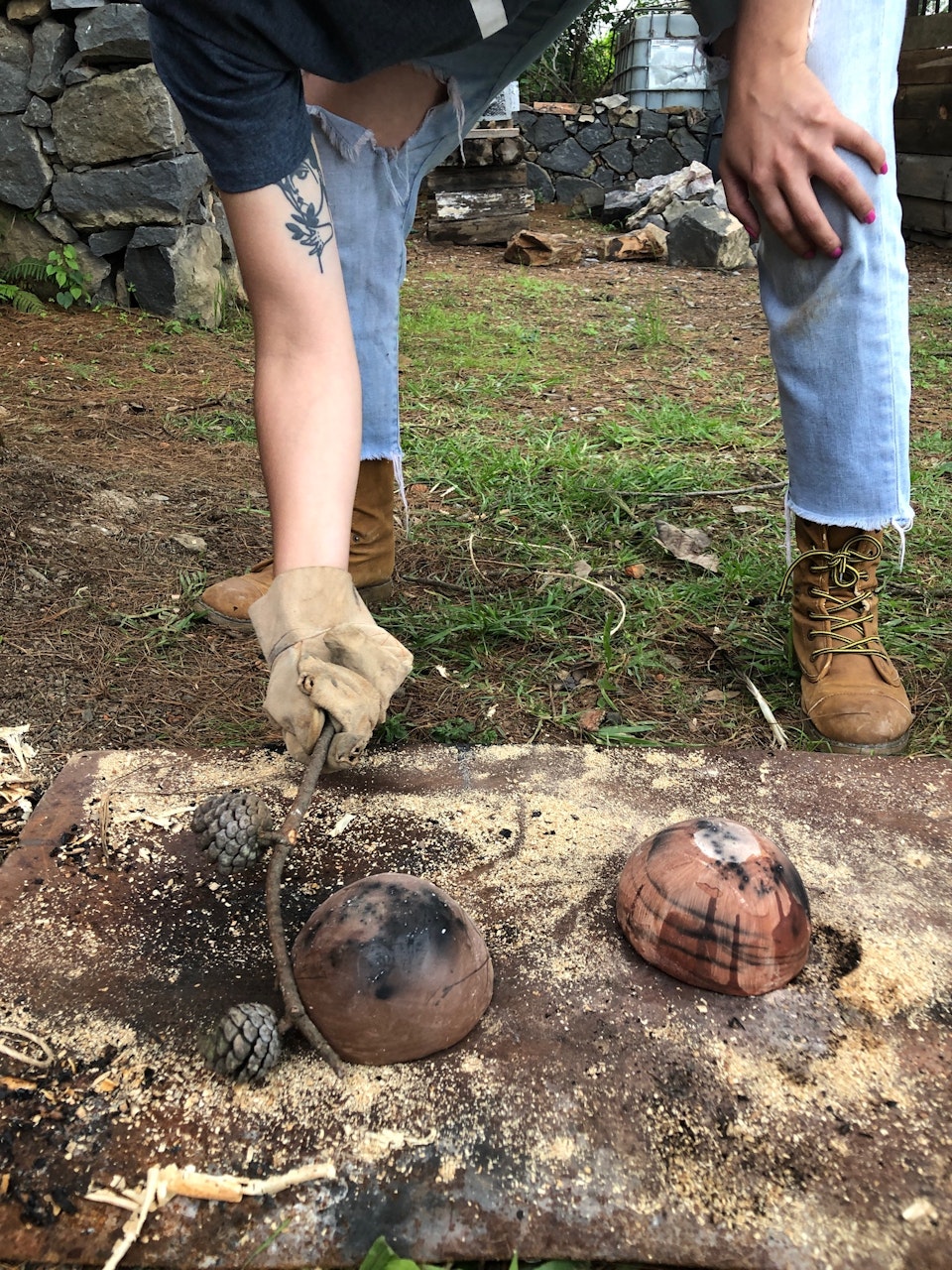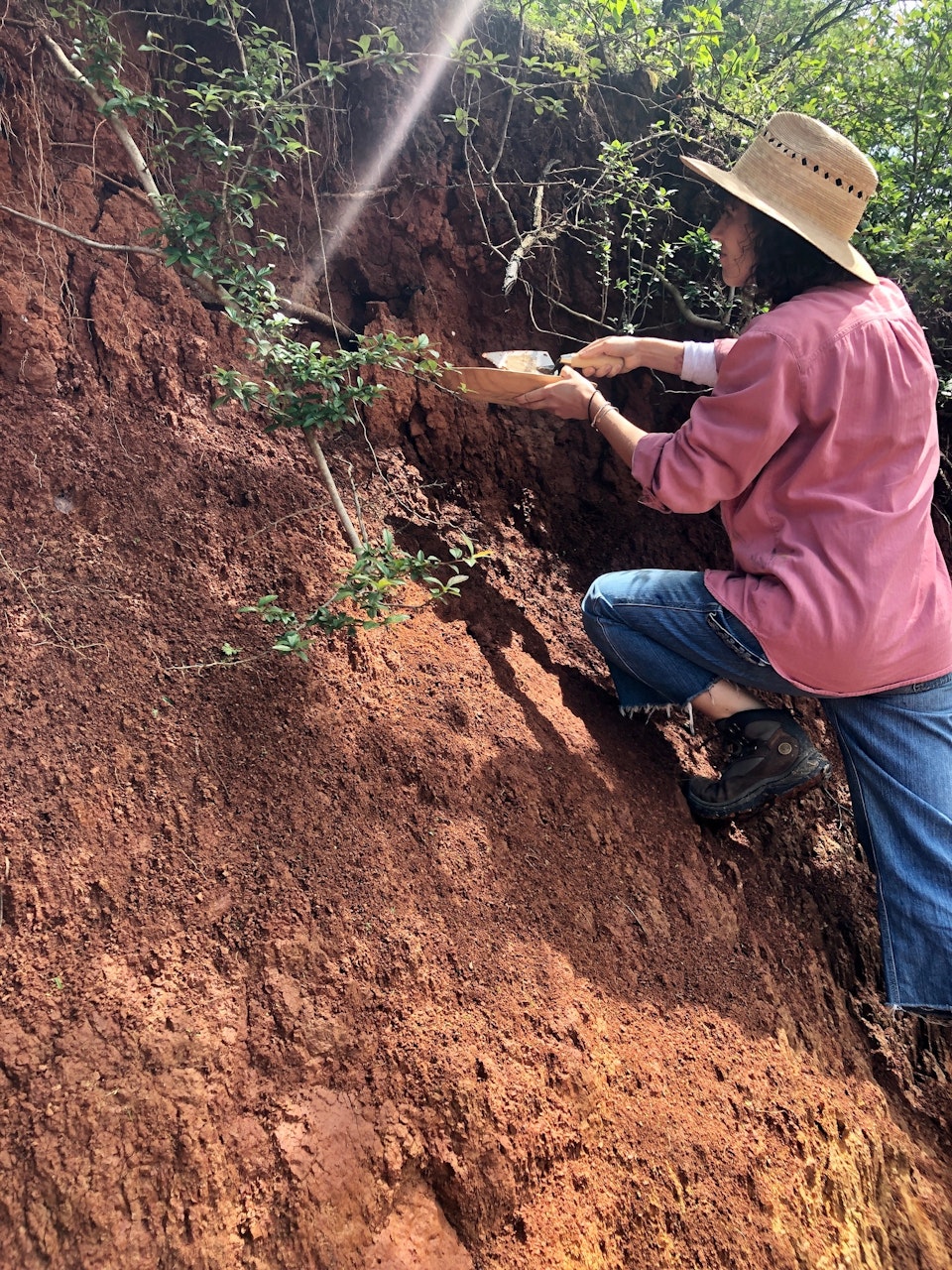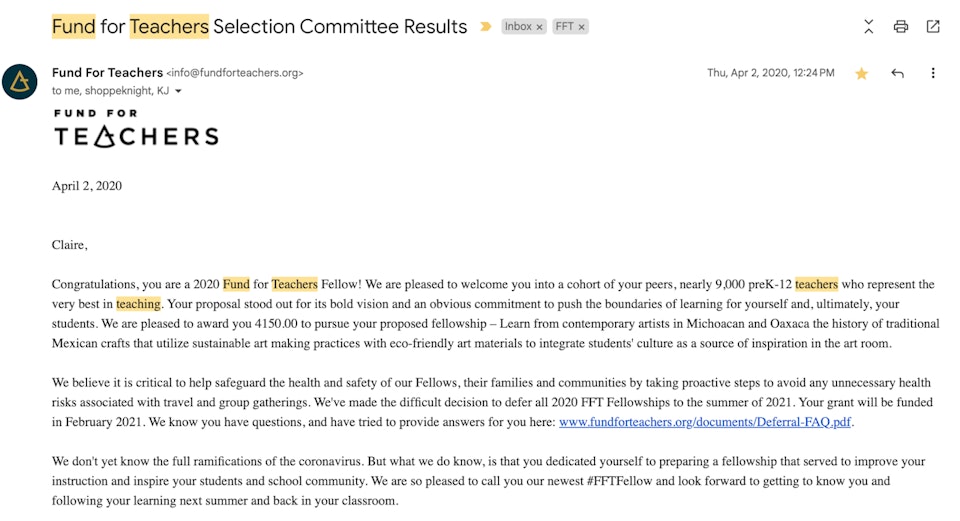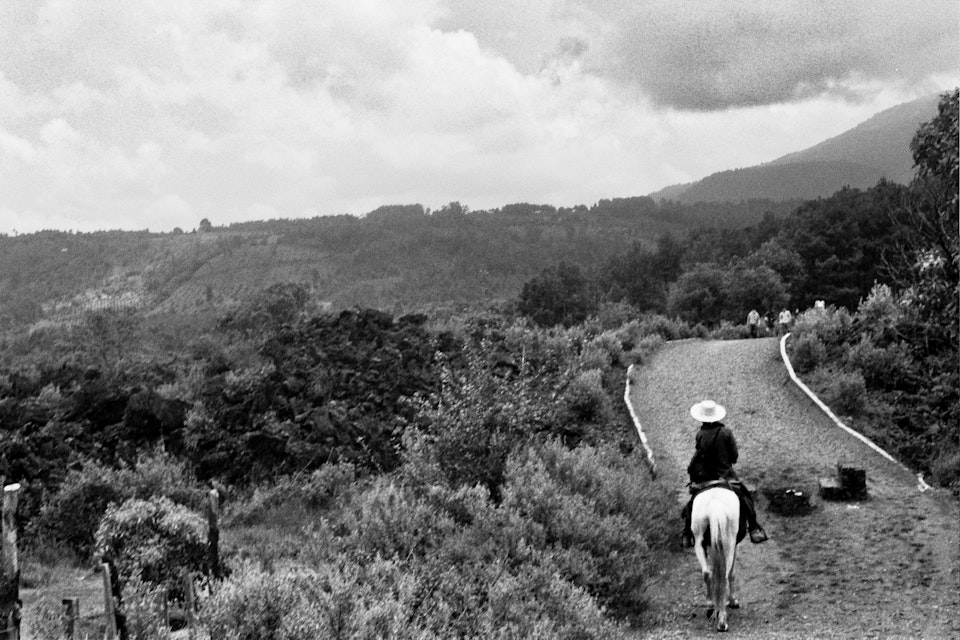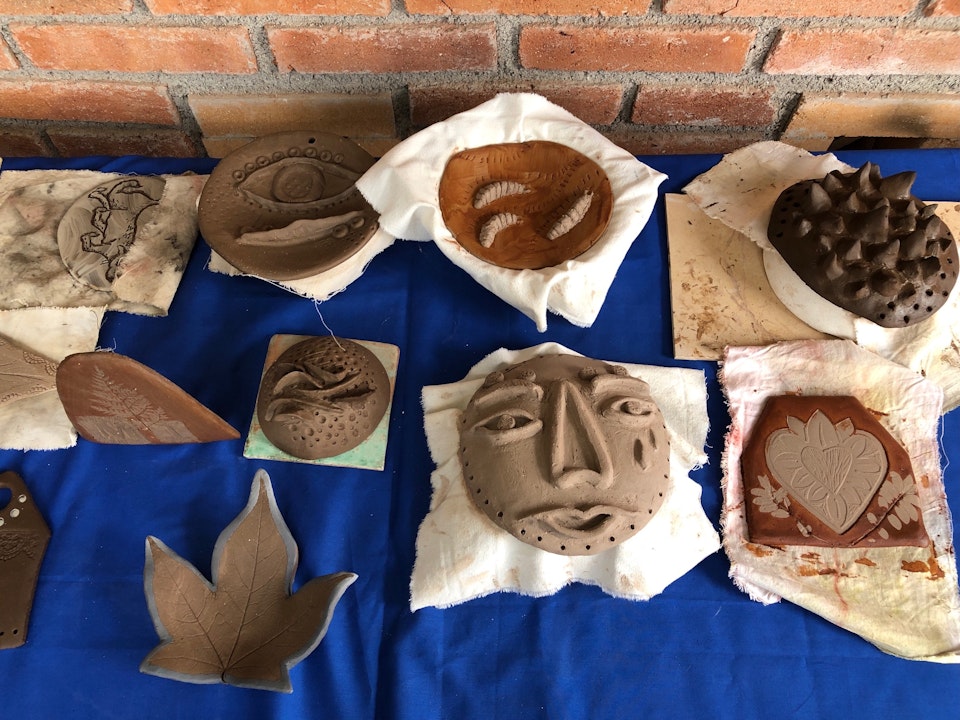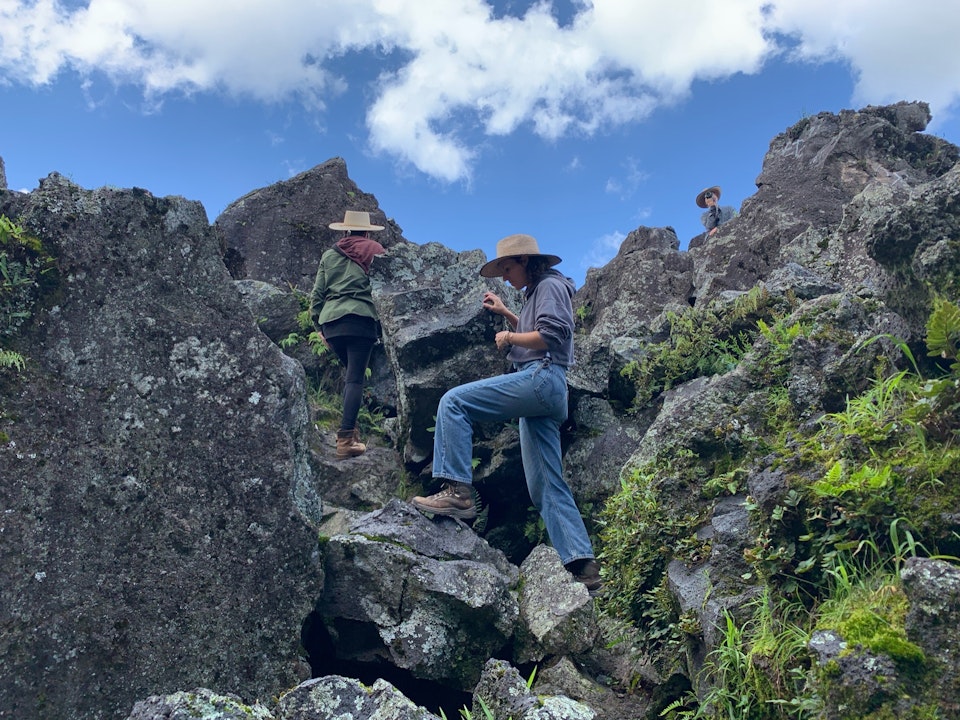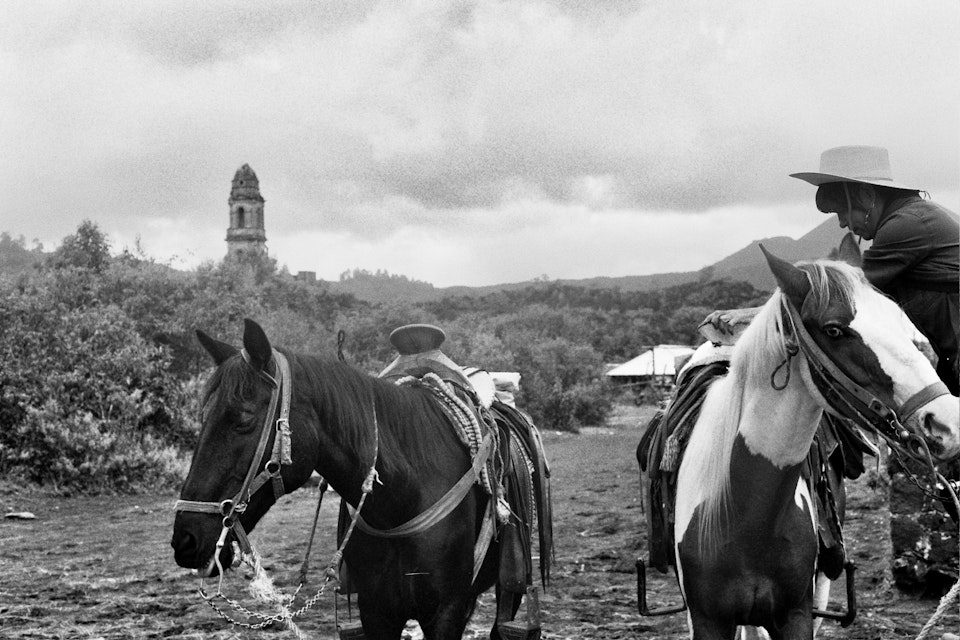March 27, 2023
Tend Your Garden, Cure Your Burn Out
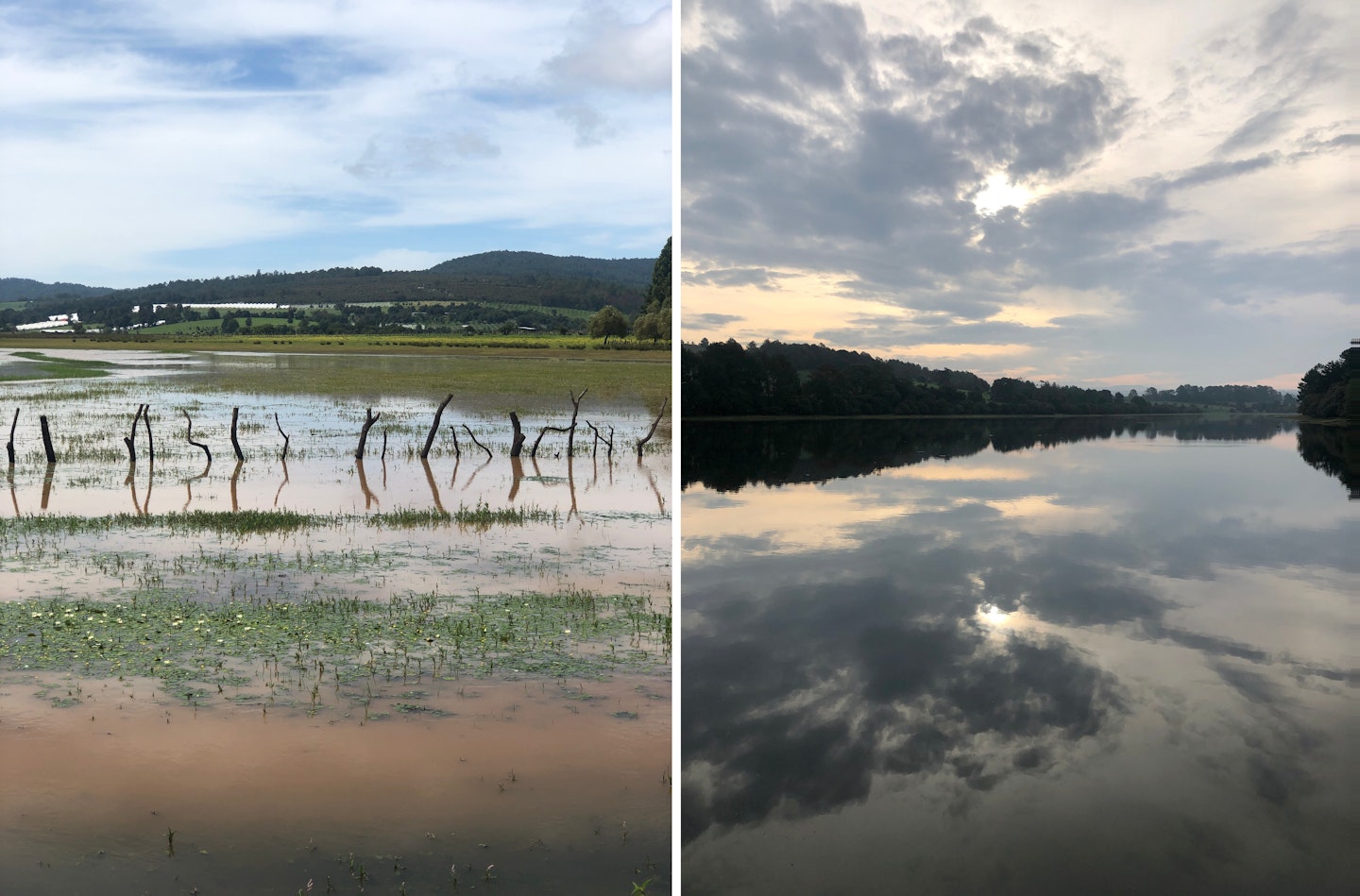
Carmen and I walked along the ambiguous edge of Lake Umecuaro. The depth of the water fluctuates so much with rain each year that there is no clear boundary between water and land so our eyes were busy helping our feet navigate the swampy path. It was just the two of us.
Kees was working in the studio, and Carolina was on the phone with a family member back in Chicago. The dog ran ahead of us, dodging in and out of the murky water. The water was cloudy because of the mud, but also because of the reflection of the sky, moody nimbus forms floating at the top of the glassine water. I could not for the life of me think of the word for rain or cloud, or any other weather words in Spanish. Carmen was really patient with me. “Lluvia” she said slowly when she realized that was the word I was trying to grasp. I was shy around her when Carolina wasn’t around.
Carolina and Kees both spoke Spanish, at least enough to carry on a conversation at meals. The three of them would talk and I would follow along, adding to the topic when I could – typically very short phrases in Spanish. When the idea got complex, English, my native language was there.
I’m half Cuban on my dad’s side but we didn’t grow up speaking Spanish in my house. Spending time around my paternal grandparents and studying Spanish in school for 12 years helped but I never developed a fluency. I can speak a little but I get so self conscious about my clunky conjugations and awkward accent and there was no reason for me to step out of my English language comfort zone during our walk along the murky water. “Lluvia” I won’t forget that.
Left, Carolina burning clay pieces fresh out of kiln. Photo: Claire Reynes
Right, Claire collecting red soil. Photo: Maria del Carmen
Learning the language better was an unexpected and interesting aspect of visiting with Carmen and Kees at their home and studio in Umecuaro, Michoacán in the summer of 202. I went there to learn new art techniques and assumed that was where the challenges lay. I hadn’t given much thought to what language we would be speaking before we arrived but as it turned out we used quite a few. Ultimately, it was the language of learning that we all used to communicate.
I was going into my 7th year as an Art teacher at a Chicago Public School and was in this little rancho in Mexico because I was awarded a travel grant for a proposal that I wrote with Carolina who was also teaching Art in Chicago. She and I centered our proposal around sustainable artmaking practices, experimental and/or natural materials, and ephemeral Art. We found Maria del Carmen and Kees Ouwens through Vacation with an Artist (VAWAA), their profile describing Carmen as a ceramic artist whose “expertise is in experimenting with new and fun materials and techniques, like the spontaneous burning of experimental materials with different local non-traditional materials.”
The experience promised learning simple techniques to prepare materials, customizable lessons in the studio and walks “through the natural environment to collect local earth” to use in the work. The language eerily aligned with the goals of our proposal. They also met our requirement of being located in Mexico, which was important to us because we both taught in schools where the majority of students were Latino, specifically of Mexican heritage.
Screenshot of Fund for Teachers Selection Committee Email
I have a love for traveling and feel that adventuring is necessary to grow. To quote actor Eugene Levy quoting philosopher Saint Augustine.. “The world is a book, and those who do not travel read only a page.” I believe this to be true.
We are students of the world, life long learners. But learning is HARD and requires vulnerability. It’s uncomfortable to not know and for many people there is shame around not knowing. That shame may have been planted there long ago by a teacher, parent, older sibling or friend and it’s a weed that is hard to destory but it’s not impossible. I think when you become a teacher you are committing to help others eradicate the shame weeds from their soul. In order to do this we must also tend our own gardens.
Carmen riding away from Paracutin. Photo: Claire Reynes
FFT (The Fund for Teachers) recognizes the difficulty and importance in venturing out and away from our students, classrooms, and homes to really learn. It awards those who are willing to push themselves just as hard as they might push their students. Professional development can and should also be personal development that is rejuvenating and inspiring.
For an art educator, it’s hard to find quality professional development opportunities that cater to the intricacies of our profession. We are expected to write curriculum, use standards aligned assessments, collect or create primary and secondary sources, teach technical skills across a variety of media, be proficient in restorative behavior management systems, curate and produce art exhibitions, decorate school bulletin boards, etc. and after all that have time and energy to nurture our own artmaking practice. Most professional development is a drag and quickens the burn out.
Clay pieces drying. Photo: Claire Reynes
My VAWAA experience was what all art educators need and deserve in professional development. I became my students. I was the Diverse Language Learner. I played, and soaked it up. I took photographs and notes and made silly clay artworks that had no function or purpose but I loved them. I collected. I asked lots of questions and I tried a lot of things and I broke some things as well. I learned that an artist doesn’t need to be labeled as one thing. I conversed in Spanish! I kayaked and fell into a trance induced by the drips and ripples on the water. I rode a horse and climbed through a town buried under lava rock. I found my pace.
Most importantly I was reminded of all the tenets of my personal teaching philosophy and returned to myself as an educator. I followed my seemingly irrelevant curiosities. I became re-acquainted with my why. I tended my garden. I cured my burn out.
Claire and Carmen climbing lava rock. Photo: Carolina I
Written by VAWAA guest, artist, papermaker, and educator Claire Reynes
Explore all mini-apprenticeships, and be sure to come say hey on Instagram. For more stories, tips, and new artist updates, subscribe here.
